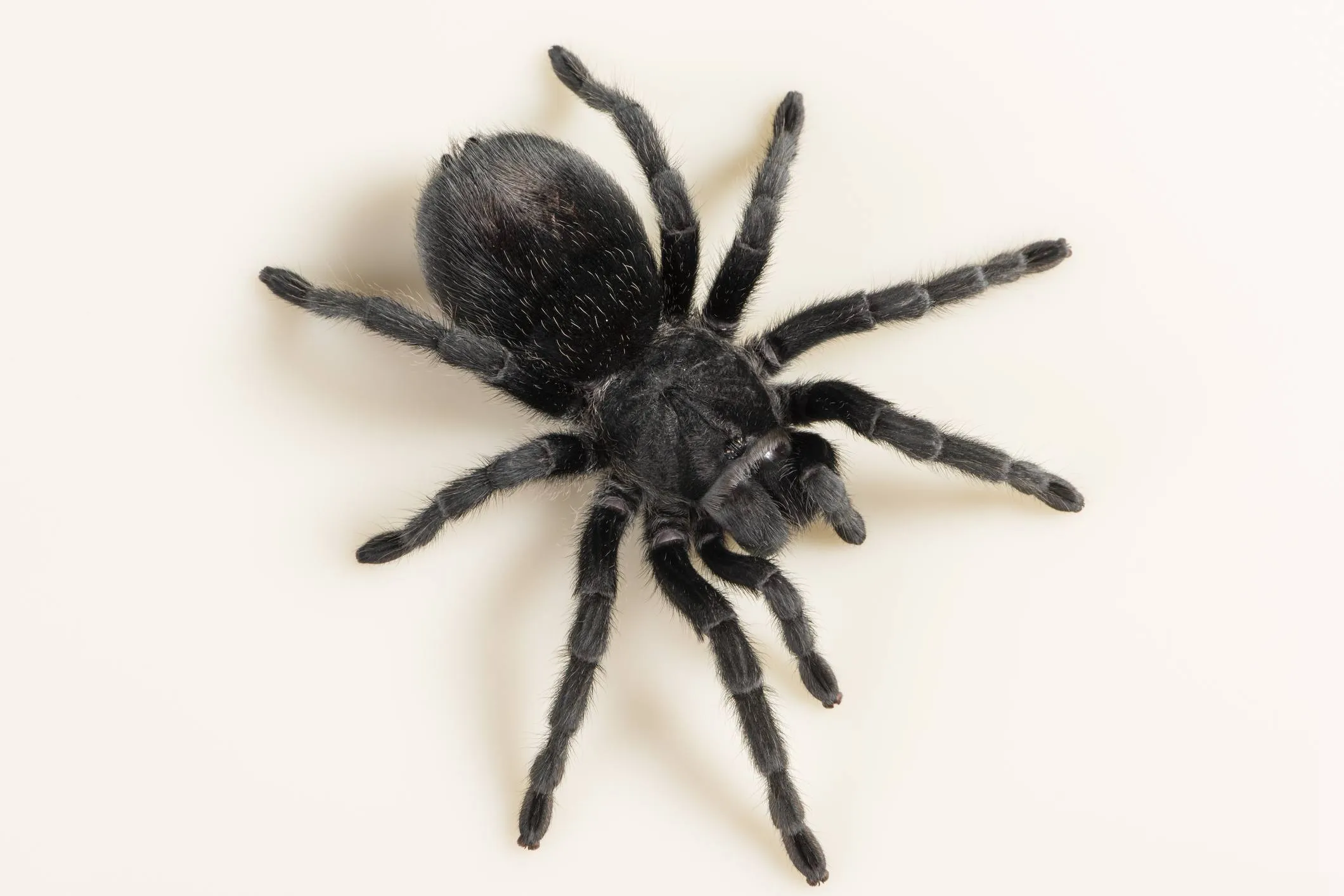What is a Pet Tarantula
A pet tarantula is a fascinating and unique addition to any home, offering a rewarding experience for those who appreciate the wonders of the natural world. These large, hairy spiders belong to the Theraphosidae family and are known for their impressive size, relatively docile temperament, and long lifespans. In India, pet tarantulas have gained popularity as an alternative to more conventional pets like dogs and cats, especially among individuals with an interest in exotic animals. Owning a tarantula requires specific knowledge and dedication, but the rewards of observing these creatures thrive in your care are immeasurable. Tarantulas come in a wide variety of colors and patterns, adding to their appeal. They are relatively low-maintenance pets compared to many other animals but still require careful attention to their needs.
Why Choose a Pet Tarantula
Choosing a pet tarantula offers several advantages, especially for those seeking a unique and captivating companion. One of the primary benefits is their low-maintenance nature. Unlike dogs or cats, tarantulas do not require daily walks, extensive grooming, or constant attention. They are relatively quiet, making them suitable for apartment living or homes where noise levels need to be kept to a minimum. Furthermore, tarantulas do not trigger common allergies, which is a significant advantage for individuals with sensitivities to fur or dander. Their lifespans can also be quite impressive; some species can live for over 20 years, providing long-term companionship. They are also relatively affordable to keep, with lower costs associated with food and medical care compared to other pets. Observing their behavior, such as hunting and molting, provides a fascinating insight into the natural world, making tarantulas an educational and intriguing pet choice.
Types of Tarantulas Suitable for India
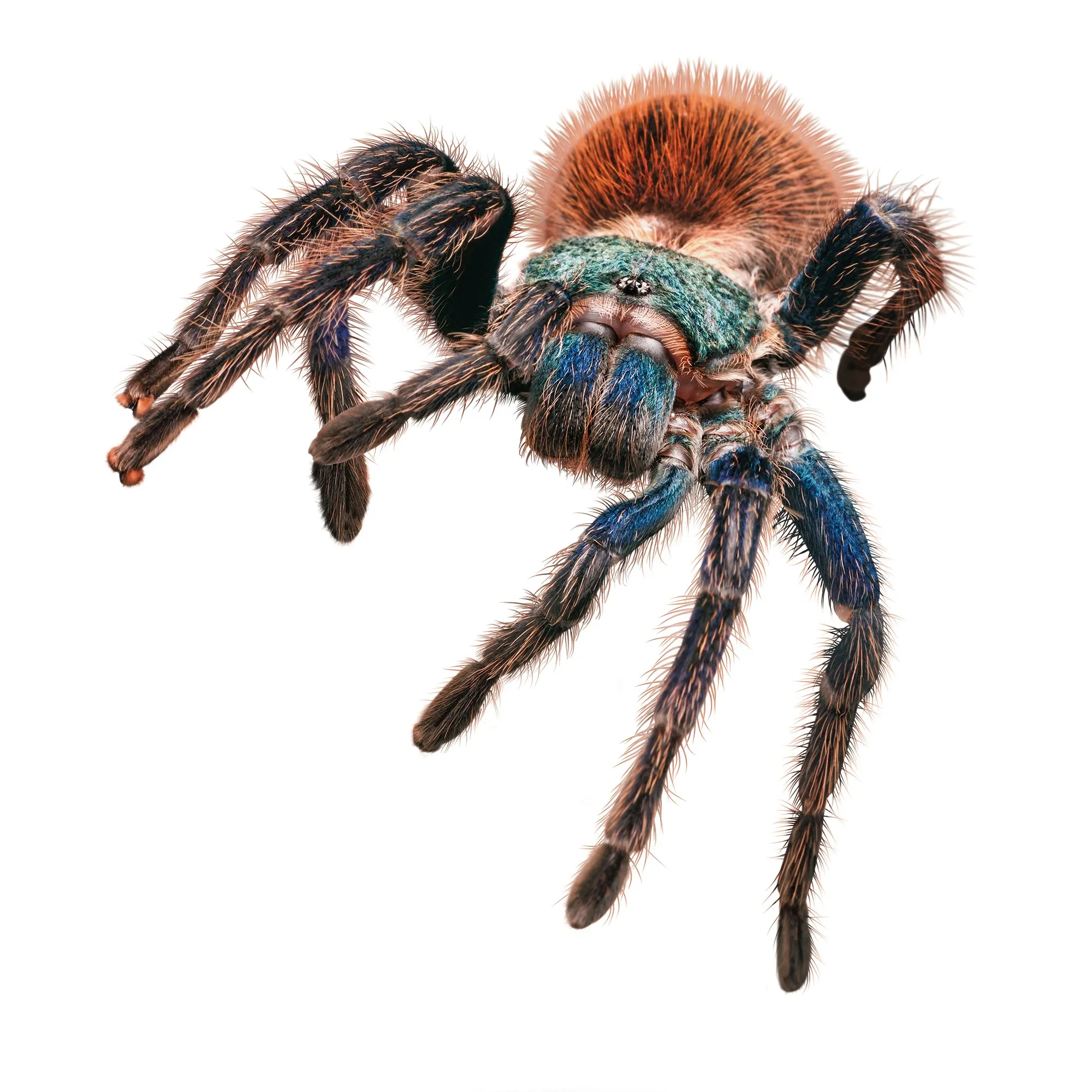
Several tarantula species are well-suited for pet ownership in India, each with its own unique characteristics and care requirements. The Chilean Rose Hair tarantula (Grammostola rosea) is a popular choice due to its docile temperament and relatively low care needs. These tarantulas are hardy and can tolerate a range of conditions, making them a good option for beginners. Another great choice is the Indian Ornamental tarantula (Poecilotheria regalis). Known for their striking patterns, these arboreal tarantulas require more specialized care, including a vertically oriented enclosure and higher humidity levels. Other suitable species include the Pinktoe tarantula (Avicularia avicularia) a vibrant arboreal species, and the Mexican Red Knee tarantula (Brachypelma hamorii), known for their vibrant coloration and calm demeanor. Researching the specific needs of each species is crucial before acquiring a pet tarantula to ensure you can provide the appropriate environment for its well-being.
Choosing Your First Tarantula
Selecting your first tarantula involves careful consideration of several factors to ensure a positive experience for both you and your pet. Start by researching different species and their temperaments. Beginners are often advised to choose a docile species, like the Chilean Rose Hair, which are known for their calmer personalities and ease of care. Consider the tarantula’s size and growth rate. Smaller species or juveniles are generally easier to manage, while larger species require more space and specialized housing. Purchase your tarantula from a reputable breeder or pet store that can provide health guarantees and accurate information about the species. Observe the tarantula before purchase, looking for signs of health such as alertness, a full abdomen, and no visible injuries. Finally, be prepared to provide the appropriate enclosure, substrate, and environmental conditions from day one to ensure your new pet’s well-being.
Where to Buy a Pet Tarantula in India
Finding a reliable source to purchase a pet tarantula in India is crucial for ensuring the health and well-being of your new pet. Reputable pet stores specializing in exotic animals are a good starting point, as they usually have experience and knowledge about tarantula care. Online marketplaces and social media groups dedicated to exotic pets can connect you with breeders or sellers in your area. Always verify the seller’s reputation by checking reviews and testimonials from other buyers to avoid scams or unhealthy animals. Ensure the seller provides accurate information about the tarantula’s species, age, and origin. It’s also essential to check local regulations regarding the ownership of tarantulas, as some states or regions may have restrictions on specific species. Prioritize sellers who prioritize the health and welfare of their animals, and who can provide guidance on proper care.
Setting Up Your Tarantula Habitat
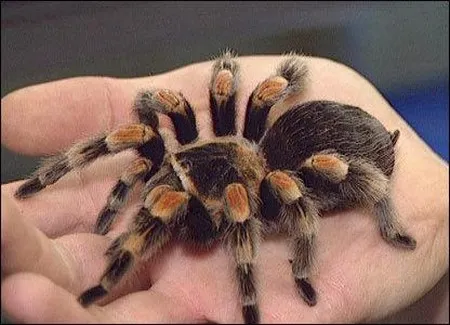
Creating the right habitat is fundamental to the health and happiness of your pet tarantula. The ideal setup mimics the tarantula’s natural environment, providing the necessary conditions for it to thrive. This includes a suitable enclosure, appropriate substrate, and the correct temperature and humidity levels. The setup should be secure, escape-proof, and easy to maintain. Proper housing ensures that your tarantula feels safe and comfortable, which is vital for its well-being. A well-designed habitat also allows you to observe and appreciate your pet’s behavior without disturbing it. Avoid using items that can be toxic or harmful to the tarantula, and always prioritize its safety and comfort when designing the enclosure.
Choosing the Right Enclosure
The enclosure is a critical component of a tarantula’s habitat, providing a secure and comfortable living space. The size and type of enclosure should be determined by the tarantula’s species and size. For terrestrial species, a wider enclosure is preferred, allowing for horizontal movement. Arboreal species require taller enclosures with vertical space for climbing. Glass or acrylic tanks are commonly used, offering good visibility and ease of cleaning. Ensure the enclosure has a secure lid to prevent escapes. Ventilation is also vital to maintain air quality and prevent mold growth. The enclosure should provide adequate space for the tarantula to move around, burrow (if applicable), and feel secure. Avoid enclosures that are too large, as this can make the tarantula feel vulnerable. The enclosure should also have proper ventilation to allow for the healthy environment for the tarantula.
Substrate and Decorations
The substrate is the bedding material that lines the bottom of the tarantula’s enclosure, playing a crucial role in maintaining humidity, providing a surface for burrowing, and absorbing waste. Popular substrate options include coconut fiber, peat moss, and vermiculite, each with its unique properties. Coconut fiber is a popular choice because it holds moisture well and is resistant to mold. Peat moss is another good option that offers similar benefits. Avoid using substrates like sand or gravel, which can be difficult for tarantulas to burrow in and can be harmful if ingested. Decorations should be added to enrich the environment and provide hiding places. Cork bark, artificial plants, and sturdy rocks are good choices. Ensure decorations are non-toxic, stable, and do not have sharp edges that could harm the tarantula. A well-decorated enclosure helps the tarantula feel secure and encourages natural behaviors.
Temperature and Humidity Control
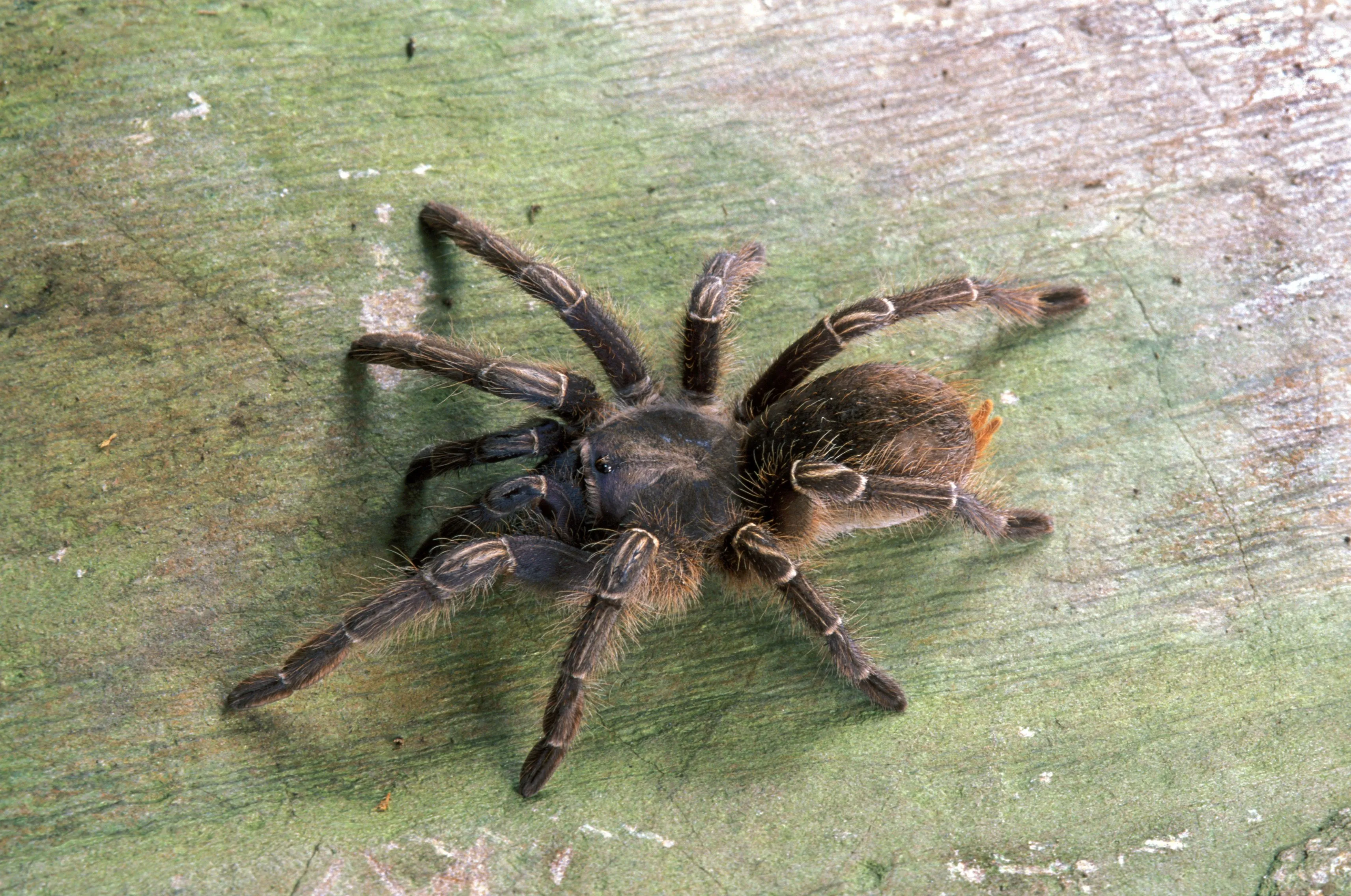
Maintaining the correct temperature and humidity levels is vital for your tarantula’s health and well-being. Most tarantula species thrive in temperatures between 75-85°F (24-29°C). Use a heat mat or a low-wattage heat lamp to maintain these temperatures, but always ensure the heat source is regulated with a thermostat to prevent overheating. Humidity requirements vary depending on the species. Terrestrial species generally need lower humidity levels (60-70%), while arboreal species require higher humidity (70-80%). Use a hygrometer to monitor humidity levels and adjust accordingly. Regular misting with water can help maintain the required humidity levels. Good ventilation is also important to prevent mold and mildew growth, which can be harmful to your tarantula. Consistent monitoring and adjustments are necessary to create an environment that supports your tarantula’s health.
Feeding Your Pet Tarantula
Feeding your tarantula is a relatively straightforward process, but it’s crucial to get it right to ensure your pet’s health. Tarantulas are primarily insectivores, and their diet consists of insects such as crickets, mealworms, and roaches. The size of the food should be appropriate for the tarantula’s size; generally, the prey should be no larger than the tarantula’s body. Ensure the insects you feed your tarantula are gut-loaded, meaning they have been fed nutritious food prior to being given to the tarantula. This ensures that your tarantula receives essential nutrients. Always remove uneaten food within 24 hours to prevent the growth of mold and mites. Provide a shallow water dish with fresh water at all times, although tarantulas get most of their hydration from their prey.
What to Feed Your Tarantula
The choice of food for your tarantula plays a crucial role in its overall health and well-being. Crickets are a common and readily available food source, and they are a good source of protein. Mealworms are another option, but they contain less protein than crickets. Superworms are larger and more nutritious than mealworms but should be offered in moderation due to their high-fat content. Roaches, such as Dubia roaches, are an excellent choice as they are high in protein and relatively easy to breed. Always ensure the insects are clean and free from pesticides before feeding them to your tarantula. Supplementing your tarantula’s diet with vitamin and mineral supplements is generally not necessary if they are fed a varied and nutritious diet. Research the specific dietary needs of your tarantula species to ensure you are providing the best possible nutrition.
Feeding Frequency
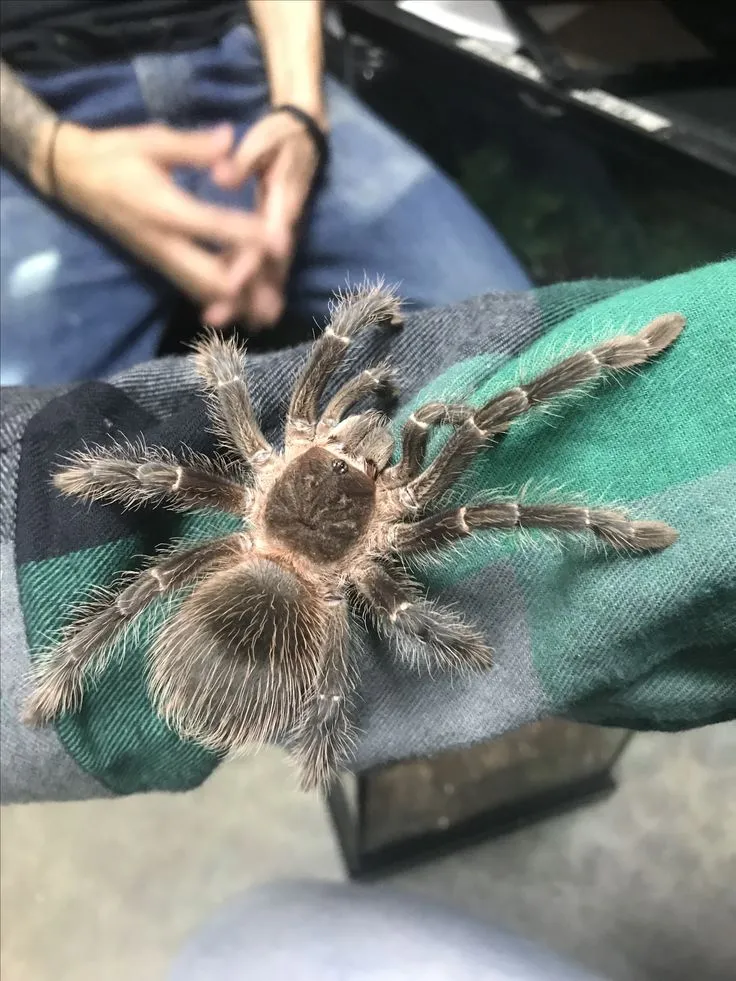
The frequency with which you feed your tarantula depends on its age and size. Juvenile tarantulas, which are actively growing, should be fed more frequently, typically every 2-3 days. Adult tarantulas can be fed less often, usually once a week or even less frequently, depending on their species and feeding habits. Overfeeding can lead to obesity, which can be detrimental to the tarantula’s health. Observe your tarantula’s abdomen; a plump abdomen indicates a well-fed tarantula, while a thin abdomen suggests it may need more food. Adjust the feeding schedule based on your observation and the tarantula’s appetite. Always remove uneaten food within 24 hours to maintain a clean and healthy environment. During periods of molting, tarantulas may refuse food; do not force-feed them during this time.
Handling and Care Tips
Handling your tarantula should be approached with caution and respect for the animal’s well-being. Handling is generally not necessary and can be stressful for the tarantula. Some tarantulas are docile and can be handled with care, while others are more defensive and may bite or flick urticating hairs. Before handling, research your tarantula’s species to understand its temperament. Always handle the tarantula close to the ground or a soft surface to minimize the risk of injury if it falls. Avoid sudden movements and speak calmly to reassure the tarantula. If the tarantula shows signs of stress, such as raising its front legs or flicking hairs, put it back in its enclosure immediately. Wash your hands thoroughly before and after handling. Always prioritize the tarantula’s safety and comfort over the desire to handle it. Many experienced keepers enjoy their tarantulas without handling them regularly, appreciating their beauty and fascinating behaviors from a distance.
Health and Safety
Maintaining the health and safety of your pet tarantula requires vigilance and proactive care. Observe your tarantula regularly for any signs of illness, such as loss of appetite, lethargy, or unusual behavior. Check the enclosure for mold or mites, and address any issues promptly. Provide a clean and properly maintained environment to prevent the spread of diseases. Be aware of the potential hazards in your tarantula’s environment, such as sharp objects or toxic substances. When handling the tarantula, be mindful of its defensive behaviors. Tarantula bites are generally not life-threatening, but they can be painful. Urticating hairs, which some species flick as a defense mechanism, can cause skin irritation and should be avoided. Keep the tarantula’s enclosure away from areas where children or other pets have unsupervised access. Always practice good hygiene, washing your hands thoroughly after handling the tarantula or its enclosure. Knowing common health problems allows you to detect them early and seek advice from an experienced keeper or veterinarian if needed.
Common Tarantula Problems
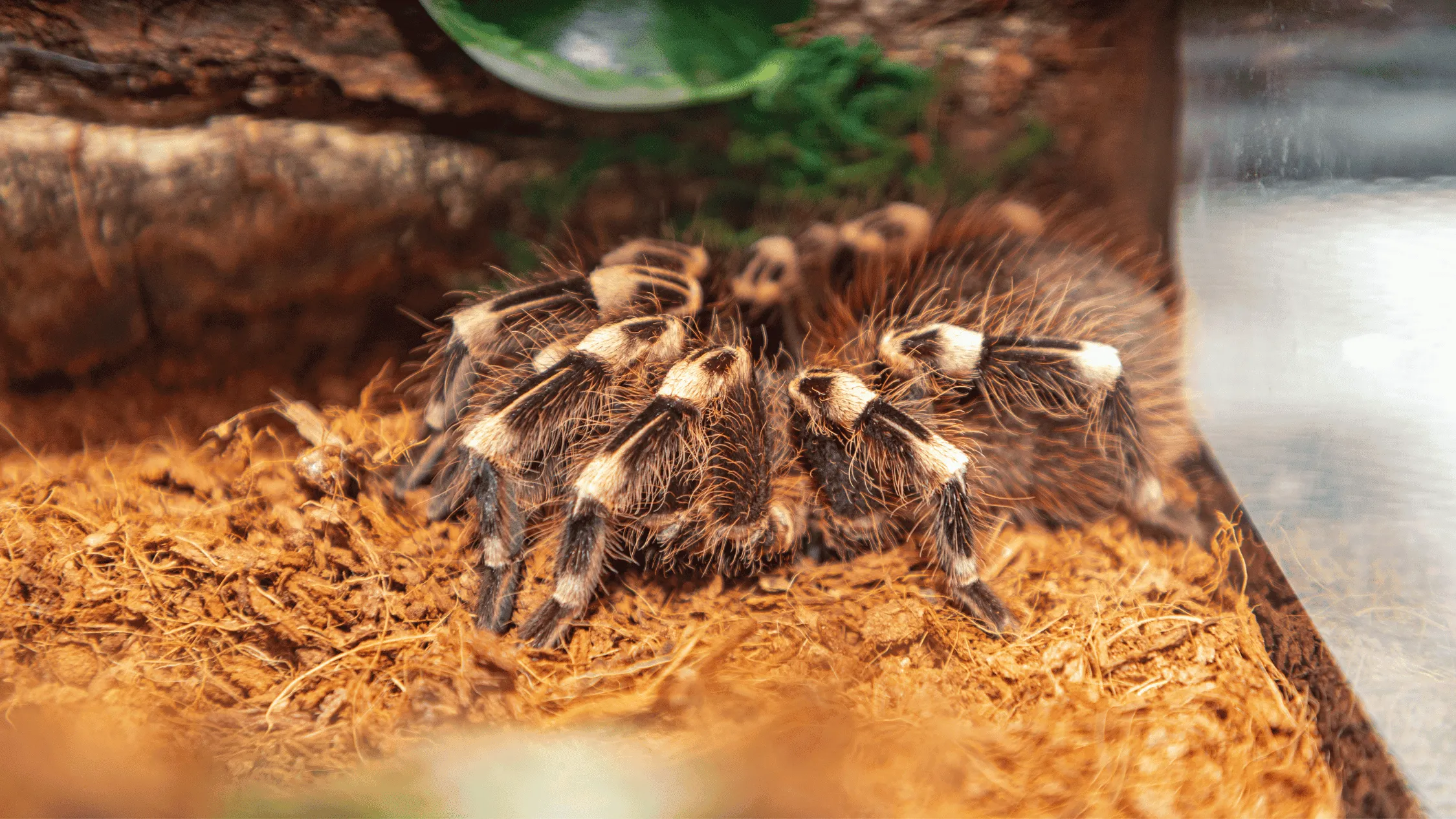
Pet tarantulas can encounter various health issues that require prompt attention. One common problem is difficulty molting, also known as a bad molt. This can be caused by low humidity, poor nutrition, or other environmental stressors. If a tarantula struggles to molt, it’s important to increase humidity and, if necessary, seek advice from an experienced keeper. Mites can infest the tarantula’s enclosure and cause irritation. These are typically controlled by cleaning the enclosure thoroughly and replacing the substrate. Parasites, though less common, can also affect tarantulas. Loss of appetite can be a sign of illness or stress, so carefully monitor your tarantula and review its environment if it stops eating. If you notice any unusual symptoms, seek advice from an experienced tarantula keeper or a veterinarian familiar with exotic pets.
Tarantula Lifespan and Care
Tarantulas are known for their longevity, making them a long-term commitment for pet owners. The lifespan of a tarantula varies depending on the species and sex. Female tarantulas generally live significantly longer than males. Some female species can live for over 20 years. Male tarantulas often live for only a few years after reaching maturity. Proper care is crucial to maximizing your tarantula’s lifespan. This includes providing the correct habitat, appropriate feeding, and maintaining the right temperature and humidity levels. Avoid stressing your tarantula, and ensure the environment is clean and free from hazards. Regular observation can help you detect any health issues early, and prompt treatment or adjustments to the environment can improve the tarantula’s chances of a long and healthy life. Providing an enriched environment, consistent care, and understanding your tarantula’s needs are key to enjoying their company for many years.
Cost of Owning a Pet Tarantula in India
The cost of owning a pet tarantula in India can vary depending on several factors, including the species, size, and availability. The initial cost involves purchasing the tarantula, which can range from a few hundred to several thousand rupees, depending on the species and rarity. The setup costs include the enclosure, substrate, decorations, and necessary equipment like a heat mat or lamp. These initial costs can range from ₹2,000 to ₹10,000 or more. Ongoing costs include food (insects), which can range from ₹500 to ₹2,000 per month, depending on the number of tarantulas and the availability of insect sources. Other expenses include electricity for heating and lighting, and occasional supplies like replacement substrate or decorations. While tarantulas are relatively low-maintenance pets, it is essential to budget for these expenses to ensure you can provide proper care. Considering all these costs helps you ensure that you can provide a healthy and enriching environment for your pet tarantula.
Conclusion
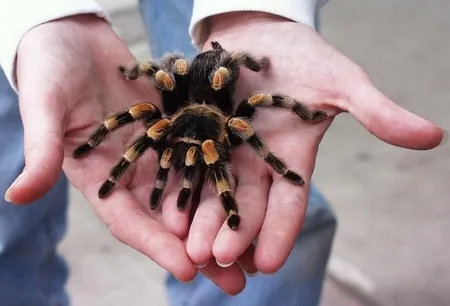
Owning a pet tarantula in India can be a rewarding experience, offering a unique opportunity to observe and appreciate these fascinating creatures. By following the guidance provided, you can create a suitable habitat, provide proper care, and enjoy the companionship of your pet tarantula. Researching the species and understanding its needs is the first step, followed by creating a secure and enriching environment. Remember to provide the right food, maintain appropriate environmental conditions, and practice safe handling techniques. If you’re considering a pet tarantula, the rewards of watching these creatures thrive will provide an immeasurable satisfaction. With dedication and the right knowledge, you can become a successful tarantula keeper and enjoy the wonders of this unique pet.
